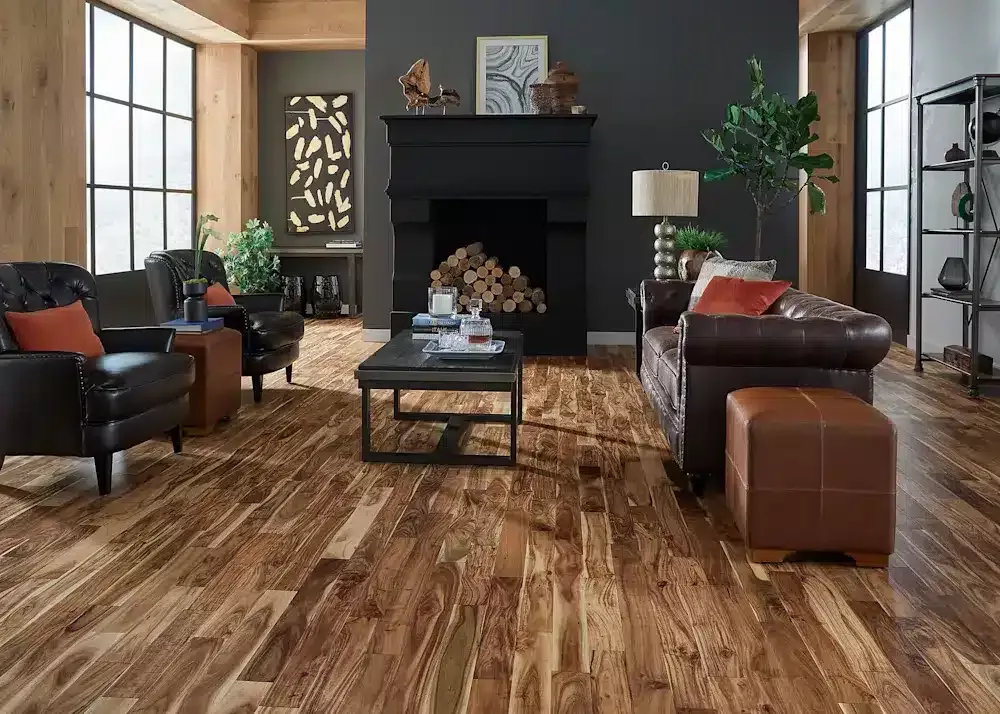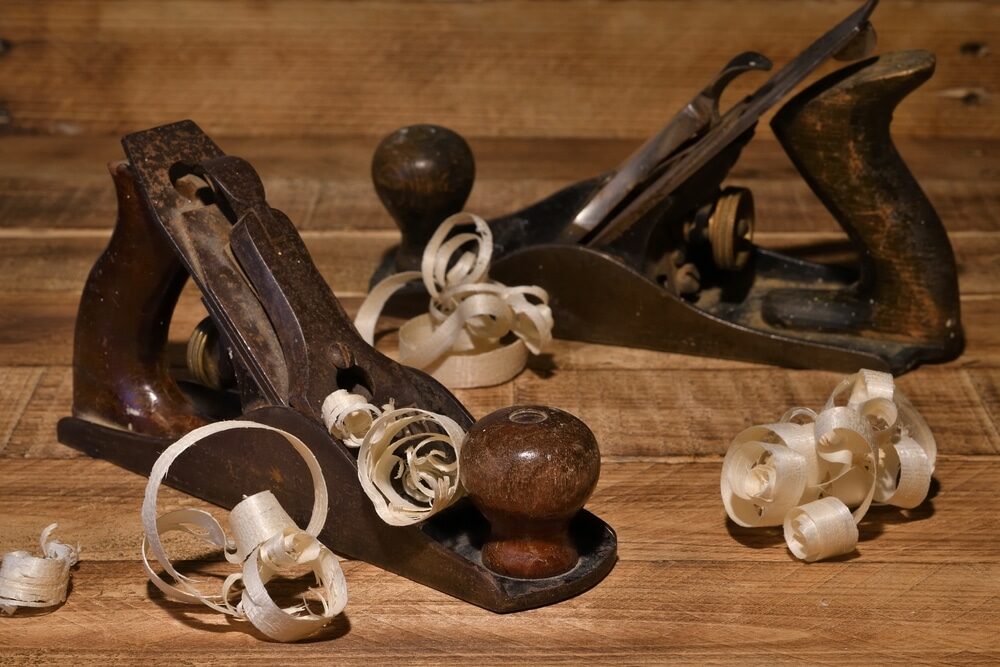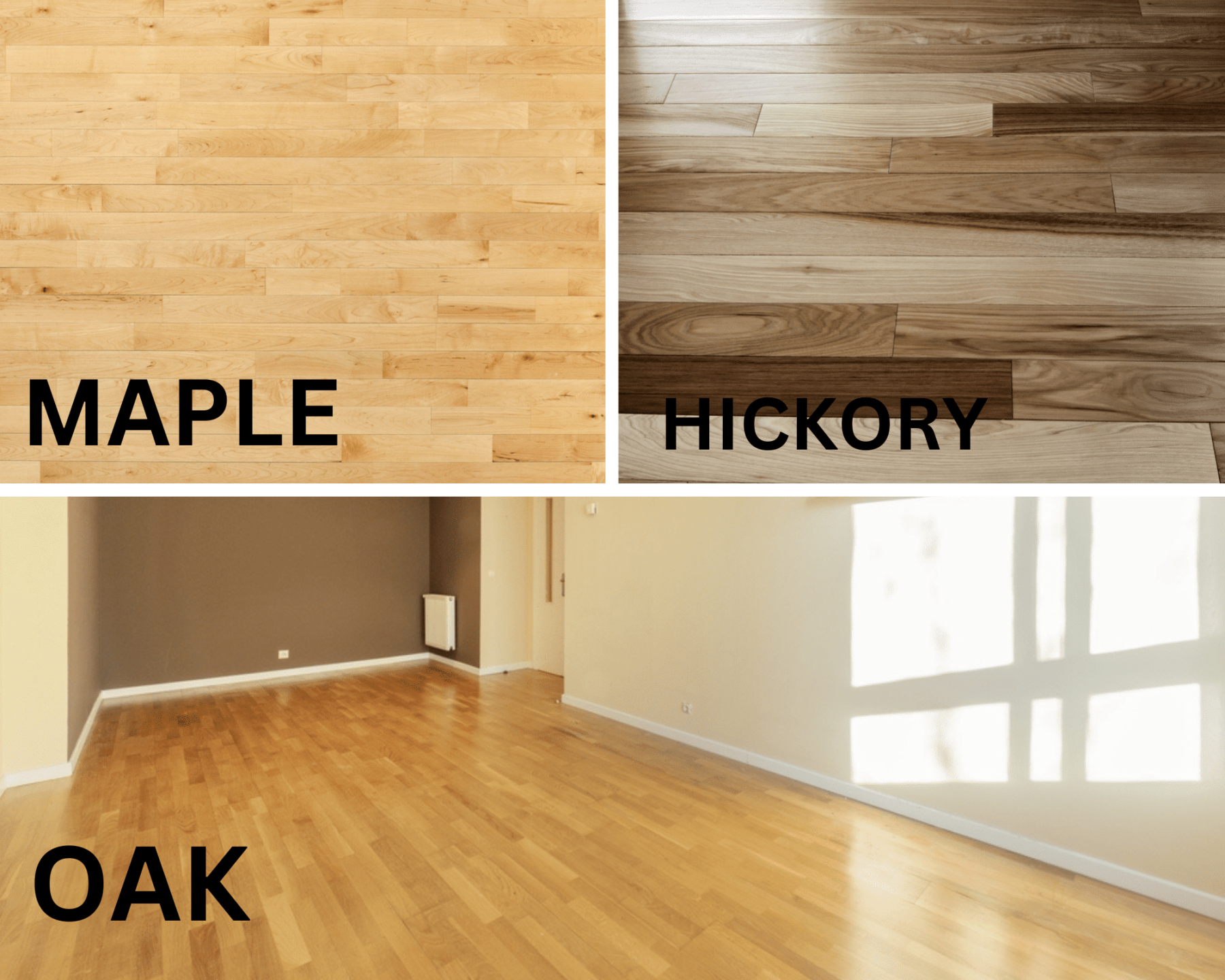London:
Nationwide:
The Crucial Role of Underlayment in Hardwood Flooring
Posted on July 9, 2023
Articles
The Role of Underlayment in Hardwood Flooring: A Comprehensive Guide
Hardwood flooring is a popular choice among homeowners due to its durability, elegance, and timeless appeal. However, the success of a hardwood floor doesn’t only depend on the visible planks; the hidden hero beneath – the underlayment – plays an integral role. This article explores the role of underlayment in hardwood flooring, highlighting its importance and guiding you in choosing the best underlayment for your floor.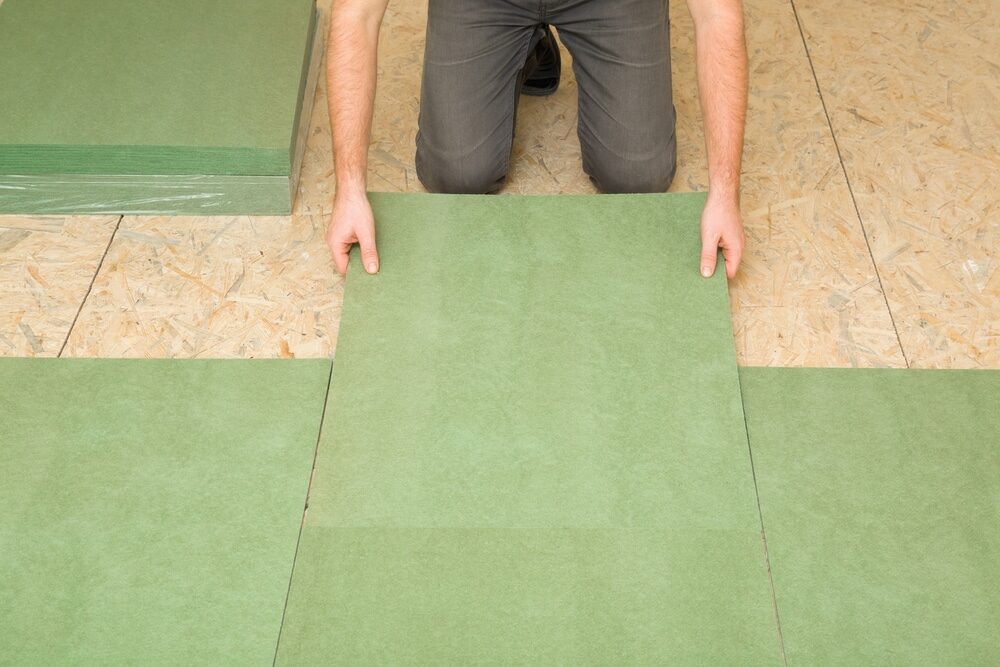
Introduction to Hardwood Flooring
Hardwood flooring has been in use for centuries, thanks to its robust nature and aesthetic appeal. It is easy to maintain and can last for several generations if properly installed and taken care of. One essential aspect that significantly influences the performance and longevity of hardwood flooring is the underlayment.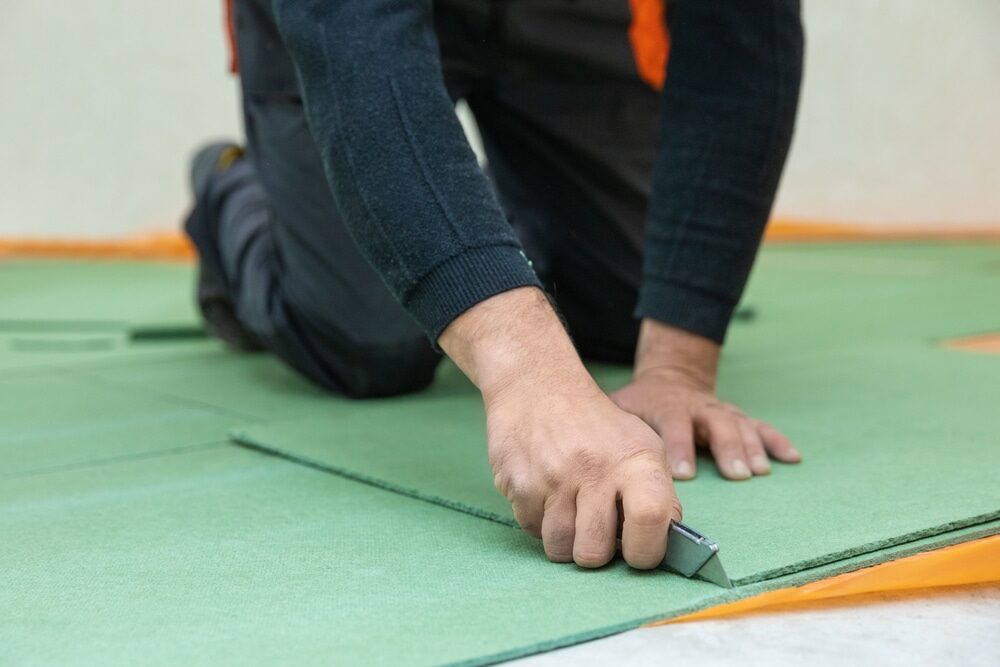
Understanding Underlayment
Underlayment is a layer of material installed between the subfloor and the floor covering (in this case, hardwood). While it’s often overlooked, underlayment is vital for a successful, long-lasting floor installation.The Importance of Underlayment
Underlayment serves several critical purposes:- Moisture Barrier: Underlayment helps protect the hardwood flooring from moisture seeping up from the subfloor, which can cause warping and other damage to the floor over time.
- Sound Insulation: It can provide sound insulation, reducing the transmission of noise between floors in a building.
- Comfort and Warmth: Underlayment can also improve the underfoot comfort of a hardwood floor and provide thermal insulation, helping to keep your floor warm during colder months.
- Smooth Installation: It can provide a clean, smooth surface for the installation of hardwood flooring, allowing for a better final appearance.
- Durability: Finally, the right underlayment can increase the life span of your hardwood floor by reducing wear and tear from foot traffic.

Types of Underlayment for Hardwood Flooring
There are various types of underlayment materials available in the market, each with its pros and cons. Choosing the right underlayment depends on the type of hardwood flooring, the location, and specific needs like sound or thermal insulation.Felt Underlayment
Felt underlayment is a popular choice for hardwood flooring. It provides excellent sound insulation, making it a good option for upstairs rooms or apartments. Additionally, some felt underlayments come with a built-in moisture barrier.Cork Underlayment
Cork underlayment provides both sound insulation and thermal insulation. It’s eco-friendly and renewable, and it also offers some cushioning, improving the comfort of your hardwood floor. However, cork underlayment may not be the best choice if moisture is a significant concern.Rubber Underlayment
Rubber underlayment is excellent for sound insulation and provides a significant degree of moisture protection. It’s also durable and resilient. However, rubber underlayment can be more expensive than other options.Foam Underlayment
Foam underlayment is a versatile and affordable option. It provides basic sound and thermal insulation and can come with a built-in moisture barrier. However, foam underlayment may not be as durable as other options.The Role of Underlayment in Hardwood Flooring Installation
The underlayment plays a crucial role during the installation of hardwood flooring. It can:- Help Level the Subfloor: If the subfloor has minor imperfections, a thick underlayment can help level it out, providing a smoother surface for the hardwood flooring installation.
- Ease the Installation Process: Underlayment can also make the installation process easier. Some underlayments come with a self-adhesive backing or are easy to cut and fit, helping speed up the installation process.
- Protect the Flooring: By acting as a barrier against moisture and reducing the impact of foot traffic, underlayment can protect the hardwood flooring, ensuring it lasts longer.
How to Choose the Right Underlayment for Your Hardwood Floor
Choosing the right underlayment for your hardwood floor involves considering a few factors:- Flooring Type: The type of hardwood flooring you’re installing can influence the choice of underlayment. Some flooring types may require a specific underlayment.
- Subfloor Material: The material of the subfloor (concrete, plywood, etc.) can also affect the choice of underlayment, especially concerning moisture protection.
- Insulation Needs: If you want your floor to provide sound or thermal insulation, you’ll need to choose an underlayment that offers these benefits.
- Budget: Your budget can also influence your choice of underlayment, as the cost can vary significantly between different types.
Conclusion: Don’t Overlook the Underlayment
The underlayment may be out of sight, but it should never be out of mind when installing a hardwood floor. This hidden layer plays a crucial role in the performance, comfort, and lifespan of your hardwood floor. Whether you’re a homeowner planning a DIY project or a professional contractor, understanding the importance of underlayment and how to choose the right one for your hardwood floor can ensure a successful, long-lasting installation. While the aesthetics of a hardwood floor are undoubtedly important, the practicalities of installation, including the choice of underlayment, are what truly make the floor worth walking on. So, when planning your hardwood flooring project, remember to give the underlayment the attention it deserves.Some Useful Links:
- Floor Sanding Services
- School Floor Sanding
- Wood Floor Restorations
- Wood Floor Repairs
- Wood Floor Polishing
More from our Blog:
The Ultimate Guide to Parquet Floor Sanding and Staining Exploring Common Patterns in Parquet Flooring | Ultimate Guide The Wood Mr Sander® in London: A Comprehensive Review Enhance Your Interior Look and Appeal with Floor Sanding Importance of Wood Floor Sanding
Sanding
We provide virtually dust-free sanding with our continuous belt machinery with mobile extraction units, giving you a safer environment for your family.
Oiling
This organic finish not only adds beauty to your home but also has exceptional water-repellent characteristics, making it easier to clean and maintain.
Waxing
This natural floor finish offers the softest and most mellow appearance – and leaves your floor able to breath.
Buffing
Using soft buffing machines (and hand-polishing where required) will bring a wonderful sheen to your newly-finished floor.
Repairs
We offer a full assessment of your wooden floors to determine what repairs are needed to provide the perfect working surface for the later stages of sanding, staining and sealing.
Restoration
We offer a comprehensive restoration process designed to address floors that are improperly fitted or damaged over time through wear and tear.
Request a fixed price quote for your wood floor restoration now
Simply enter your postcode below to get started.
Services
Wood Floor Sanding Wood Floor Restoration Wood Floor Scratch Repair Squeaky Wood Floor Repair Parquet Floor Sanding Parquet Floor Restoration Commercial Floor Sanding Church Floor Sanding Community Centre Floor Sanding School Floor Sanding Gap Filling Gap Filling with ResinCopyright © Mr Sander®
Privacy & Cookies Terms & Conditions Complaints Procedure Cancellation Rights Sitemap